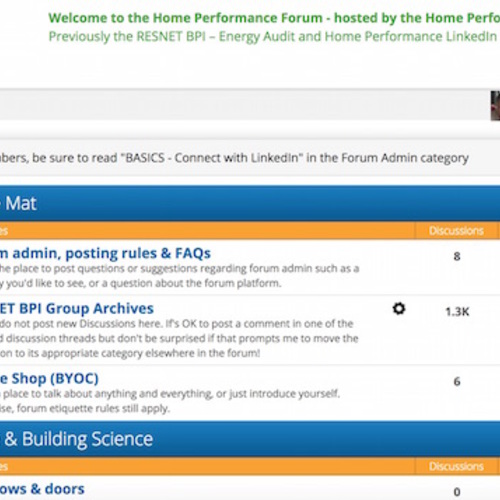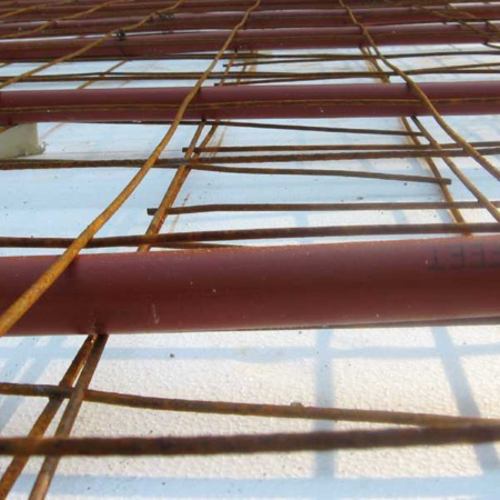Anyone may ask a green building question, and anyone may answer
[Click map to enlarge]
Green Building Advisor has a fantastic community of building experts from engineers, and scientists, to architects and builders.
We encourage all to share both questions and answers.
The usual rules of courtesy apply:
1. Be nice.
2. If you can’t be nice, be polite.
3. If you can’t be nice or polite — well, please be brief.
If you see something you like, say so
A new feature in the forum allows you to help other readers cut to the best answers and skip the rest. If you read a helpful post or comment, give it a (+) ‘helpful’ vote; if you read one that’s unhelpful or counterproductive, give it a (-) helpful vote.
Thank you!
Weekly Newsletter
Get building science and energy efficiency advice, plus special offers, in your inbox.












2 Comments
Hello,
I’ve just stumbled onto this site and signed up for a trial as what I’ve read so far seems perfectly aligned with our project.
My wife & I have begun restoration of a Victorian, pre 1911, three story in Syracuse, NY. She is documenting the project on YouTube as “The Grand Lady - Syracuse”.
We suffered a roofing company failure several months ago which resulted in the loss of one side of every original interior lath-plaster cavity and of all lath-plaster on the exterior walls. This due to complete saturation of the house interior, top to bottom in a heavy rain event with most of the roof removed and inadequate temporary protection.
We had, prior to the house soaking roofing event, begun removal of all the exterior side in preparation for application of 1” exterior rigid foam board, seam taped then over-wrapped and seam taped with Tyvek Commercial wrap. 1x4” furring follows on the exterior up each stud line. Planned siding to be lap siding as rain screen, maintaining the plenum space for convection.
With the interior side of the exterior walls now opened to the 1” sheathing, we have opportunity to choose a better exterior insulation than the loose fiberglass which was water soaked in the roofing company failure. I had thought to use spray foam after the electrical and rough plumbing is completed. Tonight’s reading however, brought me to dense packed cellulose as another possibility, with perhaps some additional benefit. Of this however, I am not certain.
May I have some of your thoughts about the insulation choices to be made here? Our concerns are first longevity, safety, insulation value, air seal and noise control as two side face streets which are occasionally loud.
Spray foam or dense pack cellulose into 2x4” cavities with moisture retarder on the inside?
Thank you for your thoughts!
Jim & Lindsay
Hi Jim and Lindsay,
Posts here in the Recent Article Comments disappear very quickly. Can I suggest you re-post this in the Q&A section where it will elicit more responses.
Log in or create an account to post a comment.
Sign up Log in